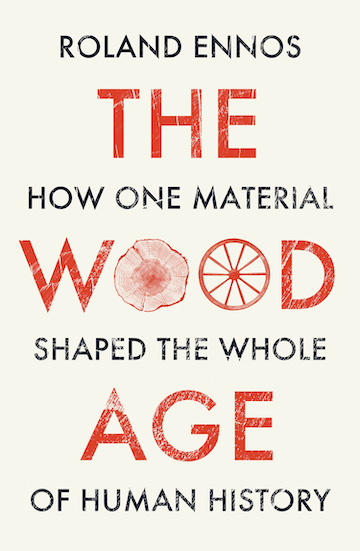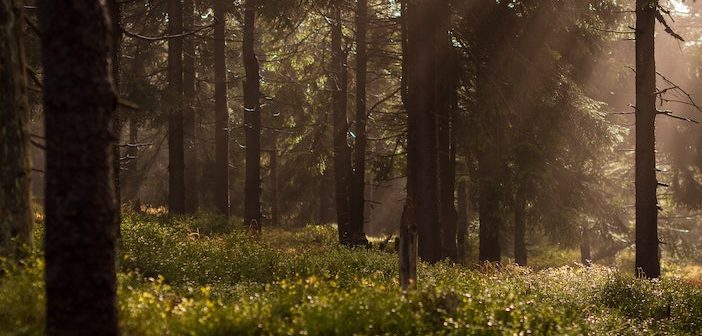Let me declare an interest here right from the start. I love trees. In fact, I am almost obsessed by them. One of my favourite (possibly my all-time favourite) UK spas is Brimstone in the Lake District. And part of its charm is that it’s located in a wood. Every room has a wooden deck that looks out onto trees. There’s a fire in every room that burns – you guessed it – wood. From the moment I arrived, I felt right at home.
And, according to Roland Ennos, professor of biological sciences at the University of Hull, this is not surprising. In fact, as his subtitle says, we have ourselves been shaped by the forest – it’s almost in our genes. He argues that, without wood, humanity would never have arrived at where it is today. Perhaps there is even a level on which wood created humans.
 So, let’s go back a few steps. Our ancestors were arboreal. We lived in the trees for a very long time before we came down to walk on two legs. As we can see from our present-day great ape cousins, the trees sustained and protected us, keeping us out of the way of predators and feeding us on their fruits. There is a fascinating early example in the book of how orang-utans understand the mechanics of wood and are able to make “nests”, knowing as they do, which parts of a branch will bend, weave, break or split. Long before the Iron Age, we were already, just like our ape relatives, making tools – wooden ones.
So, let’s go back a few steps. Our ancestors were arboreal. We lived in the trees for a very long time before we came down to walk on two legs. As we can see from our present-day great ape cousins, the trees sustained and protected us, keeping us out of the way of predators and feeding us on their fruits. There is a fascinating early example in the book of how orang-utans understand the mechanics of wood and are able to make “nests”, knowing as they do, which parts of a branch will bend, weave, break or split. Long before the Iron Age, we were already, just like our ape relatives, making tools – wooden ones.
But wood didn’t just provide us with shelter, sustenance and a material suitable for tools. It gave us fire – something that not only kept those predators at bay once we’d come down from the trees. It meant, too, we could cook food thus giving us far higher levels of nutrition and leading to the expansion of our brains. And as a result of that, it enabled us to make ever more effective tools from metals. These are stories from the very beginning of human development but Professor Ennos does not believe our relationship and dependency on wood ended there. Indeed, he takes us on a journey through the invention of bows and arrows, wheels and musical instruments, the vaulting ceilings of Gothic cathedrals, paper and the printing press, the four-poster bed.
Over centuries of forest clearances, however, our relationship with trees has become increasingly strained and Ennos looks at ways to repair it, from combating climate change to bringing our own lives into a better balance with nature. His vision could not be broader and he brings into his argument primatology, anthropology, archaeology, history, architecture, engineering and carpentry. Scholarly but very readable, it’s an engrossing history of our relationship with the forest. And, if it prompts you to wonder about trees’ relationships with other trees, try The Hidden life of Trees, German forester, Peter Wohlleben’s utterly riveting account of how trees communicate with each other.
The Wood Age: How one material shaped the whole of human history by Roland Ennos, published by William Collins.
Header photo by Lukasz Szmigiel on Unsplash.




